Advanced Light Source upgrade approved
Berkeley Lab’s biggest project in three decades now moves from planning to execution. The ALS upgrade will make brighter beams for research into new materials, chemical reactions, and biological processes.
The Advanced Light Source (ALS), a scientific user facility at the Department of Energy’s Lawrence Berkeley National Laboratory (Berkeley Lab), has received federal approval to start construction on an upgrade that will boost the brightness of its X-ray beams at least a hundredfold.
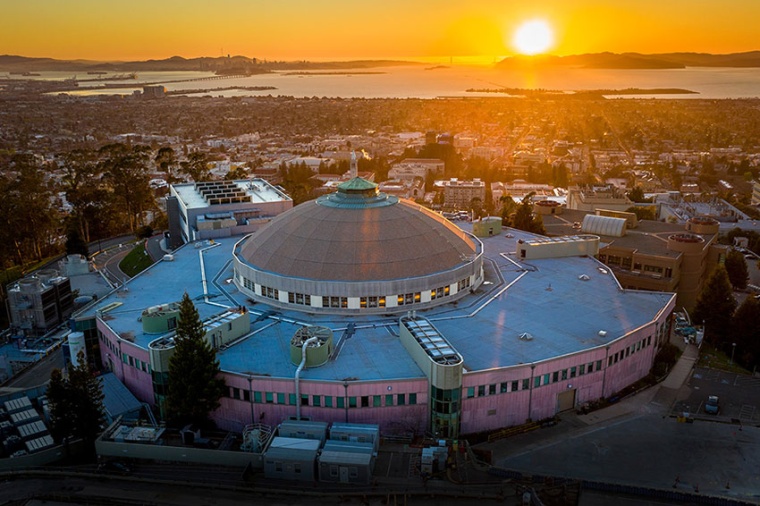
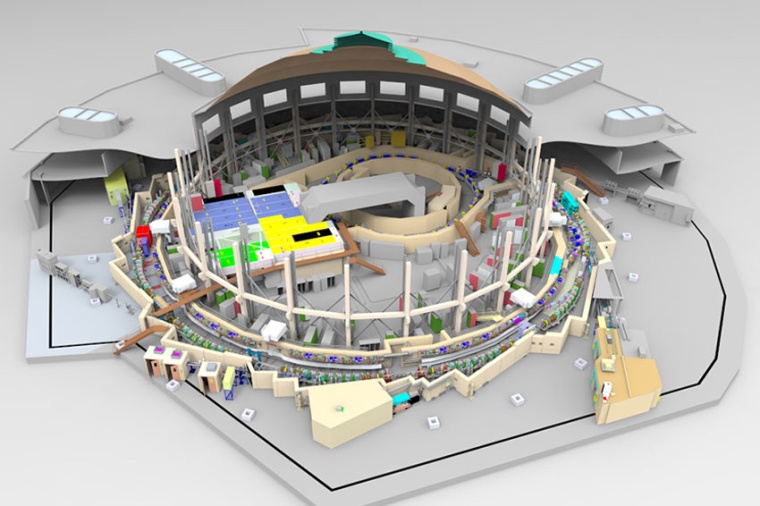
Scientists will use the upgraded ALS for research spanning biology; chemistry; physics; and materials, energy, and environmental sciences. The brighter, more laser-like light will help experts better understand what’s happening at extremely small scales as reactions and processes take place. These insights can have a huge array of applications, such as improving batteries and clean energy technologies, creating new materials for sensors and computing, and investigating biological matter to develop better medicines.
The DOE approval, known as Critical Decision 3 (CD-3), formally releases funds for purchasing, building, and installing upgrades to the ALS. This includes constructing an entirely new storage ring and accumulator ring, building four feature (two new and two upgraded) beamlines, and installing seismic and shielding upgrades for the concrete structure housing the equipment. The 590 million dollars project is the biggest investment at Berkeley Lab since the ALS was built in 1993.
Brighter beams, better science
The ALS generates X-rays by circulating electrons through a 600-foot-circumference storage ring. As the electrons travel through this series of magnets, they radiate light along beamlines to stations where researchers conduct experiments. The light comes in many wavelengths, but the ALS specializes in “soft” X-rays that reveal the electronic, magnetic, and chemical properties of materials.
The upgraded ALS will use a new storage ring with more advanced magnets that can better steer and focus the electrons, in turn creating brighter, tighter beams of light. This will squeeze the X-ray beams from about 100 µm to only a few microns wide, meaning researchers can image their samples with even finer resolution and over shorter timescales. It’s like switching from a cell phone camera in dim light to a top-of-the-line high-speed camera in vivid daylight.
“With the upgrade, we’ll be able to routinely study how samples change in 3D – something that is currently very difficult to do,” said Andreas Scholl, a physicist at Berkeley Lab and the interim division director for the ALS. “One of our goals is to find and develop the materials that will be essential for the next generation of technologies in areas like energy storage and computing.”
With forty beamlines and more than 1,600 users per year, the ALS supports a variety of research. For example, researchers can look at how microbes break down toxins, study how substances interact to produce better solar cells or biofuels, and test magnetic materials that could have applications in microelectronics. Teams will build two new beamlines optimized to take advantage of the improved light, and realign and upgrade several existing beamlines.
“The biggest challenge for ALS-U is space,” said Daniela Leitner, who leads the removal and installation team for the project. “We are literally measuring whether we can put a hand into a particular area.”
Many elements in the accelerator tunnel cannot be moved, including the new accumulator ring that will run along the inner tunnel wall. Experts have used extensive modeling and simulations to make sure that the current storage ring can be safely removed along designated access paths and replaced with the new rafts of magnets.
Also of interest: Ribbon-cutting ceremony for Argonne’s new facility – spotlighting the Advanced Photon Source’s game-changing long beamlines, wileyindustrynews.com, 26 July 2022
Company
Lawrence Berkeley Laboratory1 Cyclotron Road
Berkeley, CA 94720
US
most read

First access for external users to the QSolid quantum computer
The prototype of the QSolid quantum computer was successfully integrated into the JUNIQ infrastructure of the Jülich Supercomputing Center.
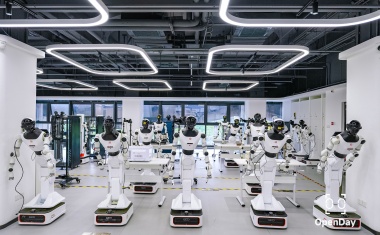
Realman opens data training center for humanoid robotics
The company has opened a data training center for humanoid robotics in Beijing to accelerate the transition of robots from laboratories to everyday life and industry.
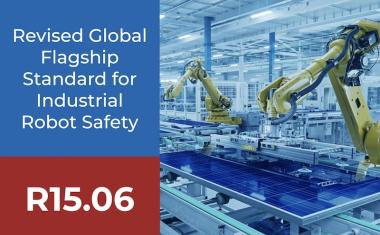
ANSI and A3 publish revised R15.06 industrial robot safety standard
The standards have been considerably extended to take account of technological progress.
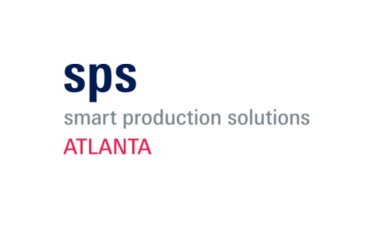
Single Pair Ethernet Pavilion to Debut at SPS Atlanta 2025
Connectivity technologies for Industry 4.0 will be presented at the inaugural U.S. edition of SPS, featuring top industry leaders and live demonstrations.
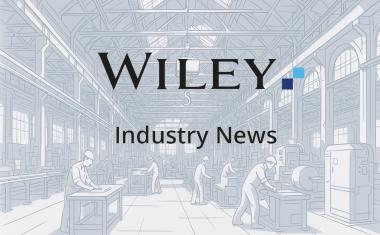
Softbank acquires ABB's robotics business
The Softbank Group has reached a definitive agreement to acquire ABB's robotics business.






